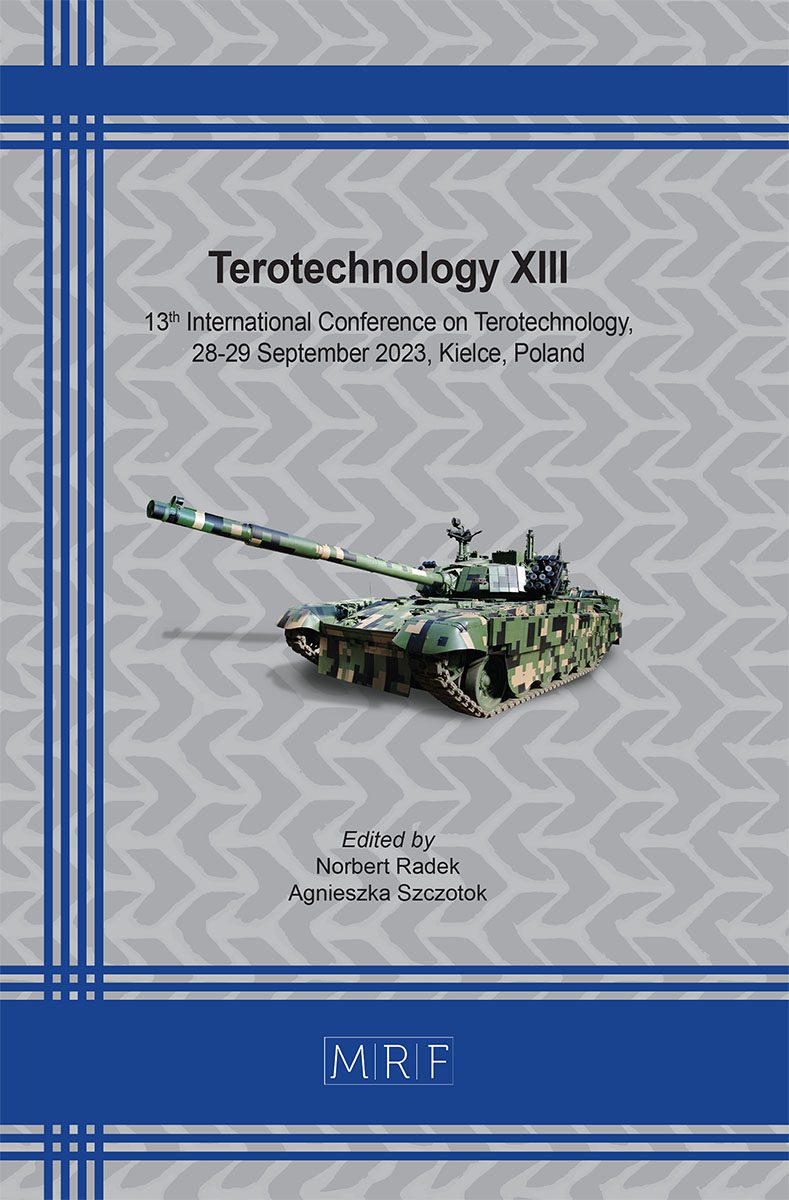–
Phytoremediation and Allelopathy as an Element of Sustainable Circular Economy to Prevent Environmental Pollution
SKRZYPCZAK-PIETRASZEK Ewa, PIETRASZEK Anna G.
Abstract. Climate change and environmental pollution are an increasing threat to social well-being. Implemented technological measures to counteract pollutant emissions can reduce the current stream emitted to the environment, but they cannot reduce the existing deposits in industrial dumps and landfills. Phytochemistry and biotechnology come to the rescue here, proposing the use of phytoremediation and allelopathy, which, although slow in terms of process, can be implemented at low cost on a large scale as an element of land reclamation and recovery of some valuable raw materials within the framework of a sustainable circular economy. This article presents possible solutions in a review form.
Keywords
Phytoremediation, Allelopathy, Sustainable Economy, Circular Economy, Environmental Pollution
Published online 10/20/2024, 6 pages
Copyright © 2024 by the author(s)
Published under license by Materials Research Forum LLC., Millersville PA, USA
Citation: SKRZYPCZAK-PIETRASZEK Ewa, PIETRASZEK Anna G., Phytoremediation and Allelopathy as an Element of Sustainable Circular Economy to Prevent Environmental Pollution, Materials Research Proceedings, Vol. 45, pp 140-145, 2024
DOI: https://doi.org/10.21741/9781644903315-17
The article was published as article 17 of the book Terotechnology XIII
![]() Content from this work may be used under the terms of the Creative Commons Attribution 3.0 license. Any further distribution of this work must maintain attribution to the author(s) and the title of the work, journal citation and DOI.
Content from this work may be used under the terms of the Creative Commons Attribution 3.0 license. Any further distribution of this work must maintain attribution to the author(s) and the title of the work, journal citation and DOI.
References
[1] I. Raskin, B.D. Ensley (eds.), Phytoremediation of Toxic Metals: Using Plants to Clean Up the Environment, Wiley-Interscience, New York, 1999.
[2] B. Pushkar (ed.), Phytoremediation: Green solution to pollution, Delve Publishing, Burlington, 2024.
[3] F.A. Macias, J.C.G. Galindo, J.M.G. Molinillo (eds.), Allelopathy: Chemistry and Mode of Action of Allelochemicals, CRC Press, Boca Raton, 2003. https://doi.org/10.1201/9780203492789
[4] R.S. Zeng, A.U. Mallik, S. Luo (eds.), Allelopathy in Sustainable Agriculture and Forestry, Springer, 2008. https://doi.org/10.1007/978-0-387-77337-7
[5] E.L. Rice, Allelopathy (Physiological Ecology), Academic Press, Cambridge, 2012.
[6] A. Slater, N.W. Scott, M.R. Fowler, Plant Biotechnology: The Genetic Manipulation of Plants, Oxford University Press, Oxford, 2008.
[7] M.J. Chrispeels, P. Gepts (eds.), Plants, Genes, and Agriculture: Sustainability through Biotechnology, Sinauer Associates, Oxford, 2017. https://doi.org/10.1093/hesc/9781605356846.001.0001
[8] K.H. Neumann, A. Kumar, J. Imani, Plant Cell and Tissue Culture – A Tool in Biotechnology: Basics and Application, Springer, 2020. https://doi.org/10.1007/978-3-030-49098-0
[9] A.K.M. Sayeed Hassan, Plant Tissue Culture Technique for In vitro Propagation and Conservation, LAP Lambert Academic Publishing, Saarbrucken, 2019.
[10] L. Kyte, J. Kleyn, H. Scoggins, M. Bridgen, Plants from Test Tubes: An Introduction to Micropropagation, Timber Press, Portland, 2013.
[11] A. Mujib, Somatic Embryogenesis in Ornamentals and Its Applications, Springer, 2015. https://doi.org/10.1007/978-81-322-2683-3












